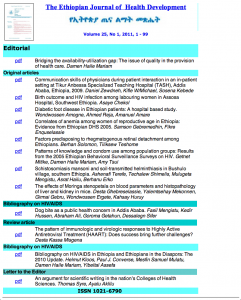In May 2013, more than 480 researchers and 80 scientific organisations published a declaration condemning the use of the journal impact factor to measure scholarly success. Journals and organisations such as Science, Proceedings of The National Academy Of Sciences (PNAS), Times Higher Education, and Wellcome Trust are among the organisations backing this call.
The San Francisco Declaration on Research Assessment states the journal impact factor is misused to assess the significance of work by scientists who publish in those journals. A number of themes run through these recommendations:
- “the need to eliminate the use of journal-based metrics, such as Journal Impact Factors, in funding, appointment, and promotion considerations;
- the need to assess research on its own merits rather than on the basis of the journal in which the research is published; and
- the need to capitalise on the opportunities provided by online publication (such as relaxing unnecessary limits on the number of words, figures, and references in articles, and exploring new indicators of significance and impact)”.
The first and general recommendation is: “Do not use journal-based metrics, such as Journal Impact Factors, as a surrogate measure of the quality of individual research articles, to assess an individual scientist’s contributions, or in hiring, promotion, or funding decisions.”
The declaration concludes that we need a cultural change where papers are mainly evaluated for their own scientific merit.
A note in Nature (2005) stated that research assessment “rests too heavily on the inflated status of the impact factor”. And the biologist Stephen Curry of Imperial College London wrote in a blog post: “I am sick of impact factors and so is science”.


